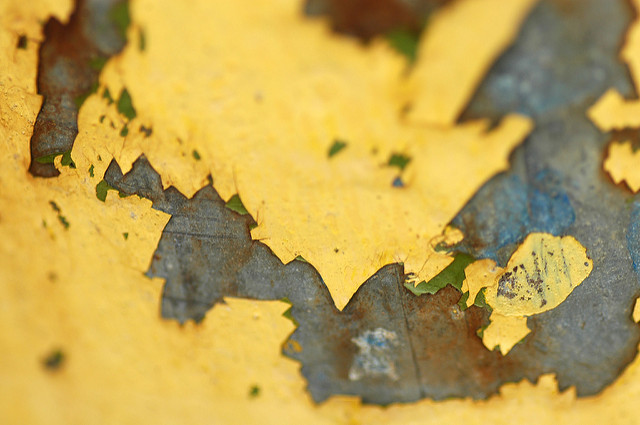We are all lulled into the false idea that our home is both safe and secure for our family and our children, but is this true? As it turns out the answer may be no because there are a lot of issues that can make the home unsafe. We can look at a common problem to start with in older homes. Before the 1980’s homes were being painted with lead paint. There were lots of reasons for this. First, it was cheap and second it was highly durable. It is only after decades that you start to find lead paint peeling off the wall.
Unfortunately, we now know that lead paint is quite dangerous and even small quantities of lead can be toxic to young children. That said, there are still many old houses that have lead paint on the wall. The families living in these homes are often low-income households. They can not afford to move or correct the issue.
It’s not the only problem that can be present in old houses. Older homes were also built using asbestos for insulation purposes. Asbestos is a fantastic material for insulation apart from the fact that it has been linked with several severe illnesses such as mesothelioma.
You might think these are the worst issues that could be present in your home, but there are a lot more.
Fluoride
Fluoride is a chemical used for cleaning and can be found in toothpaste. Although, you won’t find it in toothpaste for children and the reason for that is it’s quite dangerous. Consuming large amounts of fluoride is once again linked to medical conditions, and it is even believed to lower IQ in younger children. This is one of the reasons why we spit toothpaste out rather than swallowing it and children can’t always be trusted to do this.
For that reason, you would think that fluoride wouldn’t be present in anything that we regularly consume. But you’d be wrong. Actually, fluoride has been found in high quantities in a number a drinking water samples. The reason? It’s being used, ironically, to clean the water and ensure that it is safe to drink. With devices such as Puretec water filters, you can avoid the danger here and filter out the dangerous chemicals. That way, you can make sure your kids aren’t at risk next time they have a glass of water.
Break-Ins
Is your home safe from the risk of a break-in? You might say yes if you have an alarm and locks on your doors. However, there is the possibility that this won’t prevent a break-in on your property. Alarms can be turned off, and locks can be broken. That’s why you may want to look into additionals forms of security. For instance, these days it’s more common than most people realize for private homes to have CCTV cameras. Not only does this give you a chance to catch the criminal, but it also ensures that your home acts as a deterrent. It will make anyone think twice about breaking into your home and risk being arrested.
There are other security features you can invest in as well. For instance, you can think about getting motion sensor lights for your garden. That way, you can make sure you are alerted if there is someone on your property.
Now you know these dangers in your home, you can’t start taking the necessary actions to fix them.




Yes, video surveillance cameras are actually a good thing for home safety. By the way, it’s better to use wireless options as they are less susceptible to physical damage by criminals.
You should also consider CCTV cameras with license plate recognition so that any vehicles driving up to your house will have their vehicle information captured. In the event a criminal event happens, the vehicle information of the suspect can be found for police investigations. We have an article in which we tell you how it works: https://sentriforce.com/services/license-plate-recognition/.